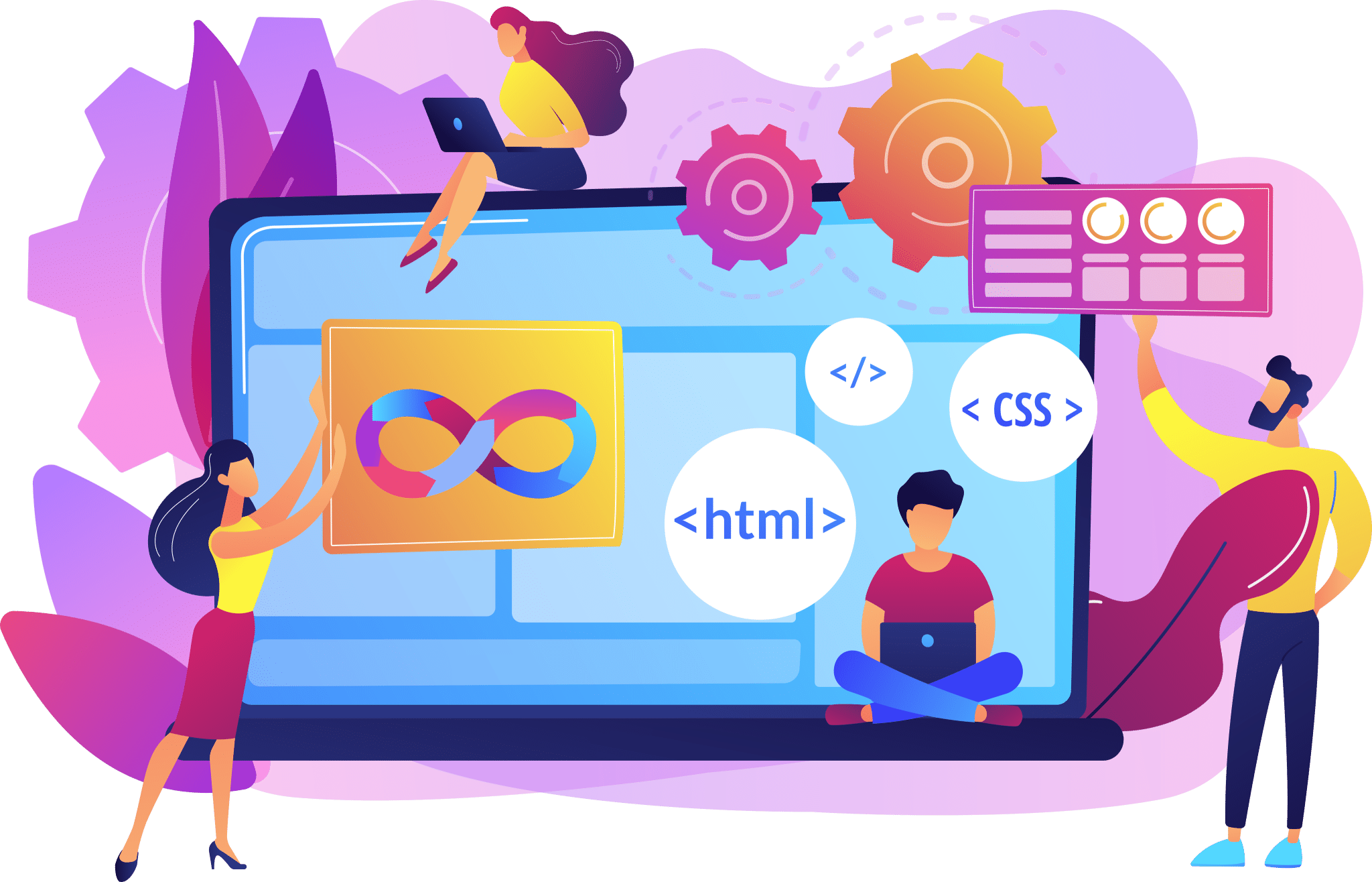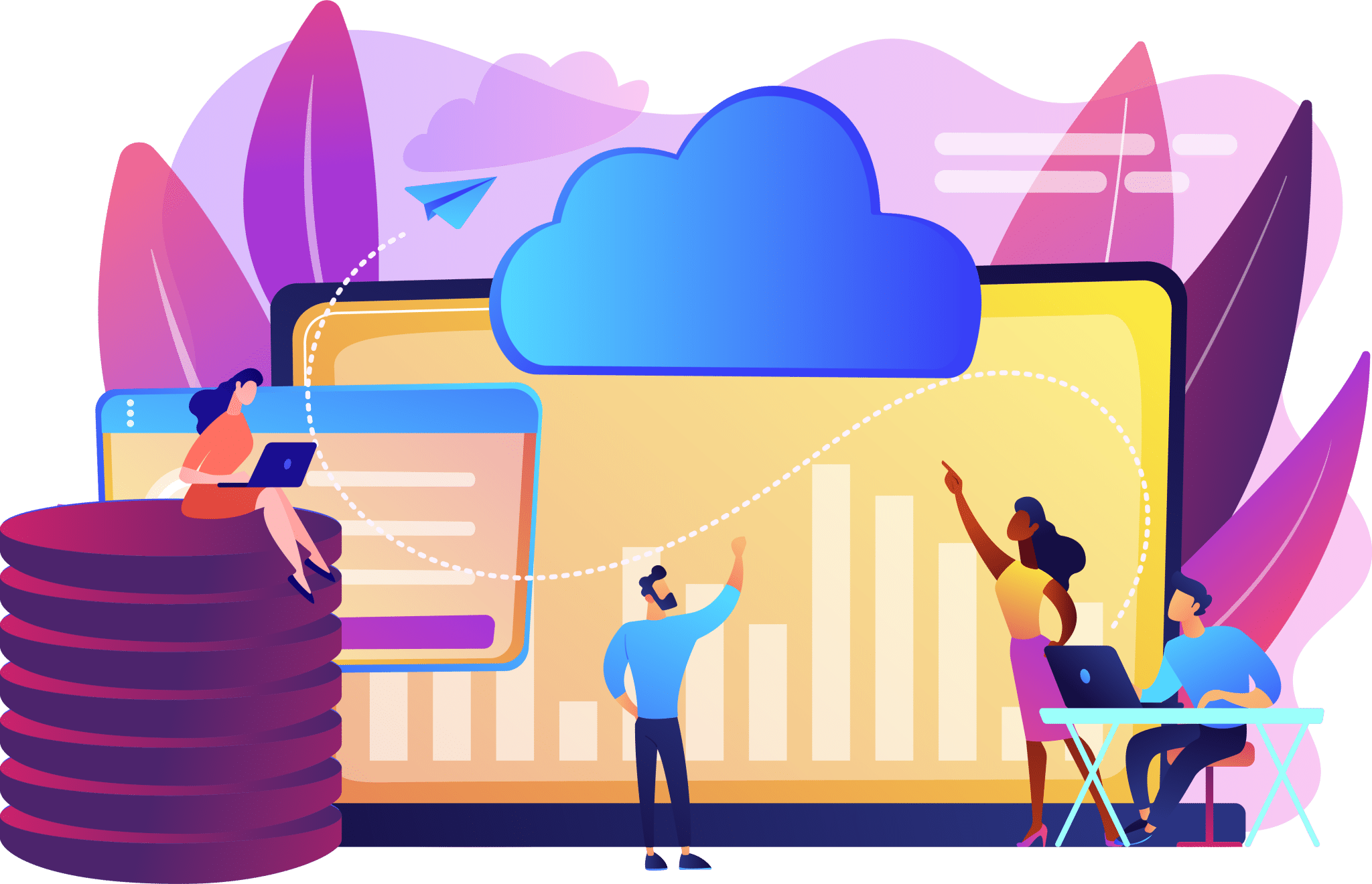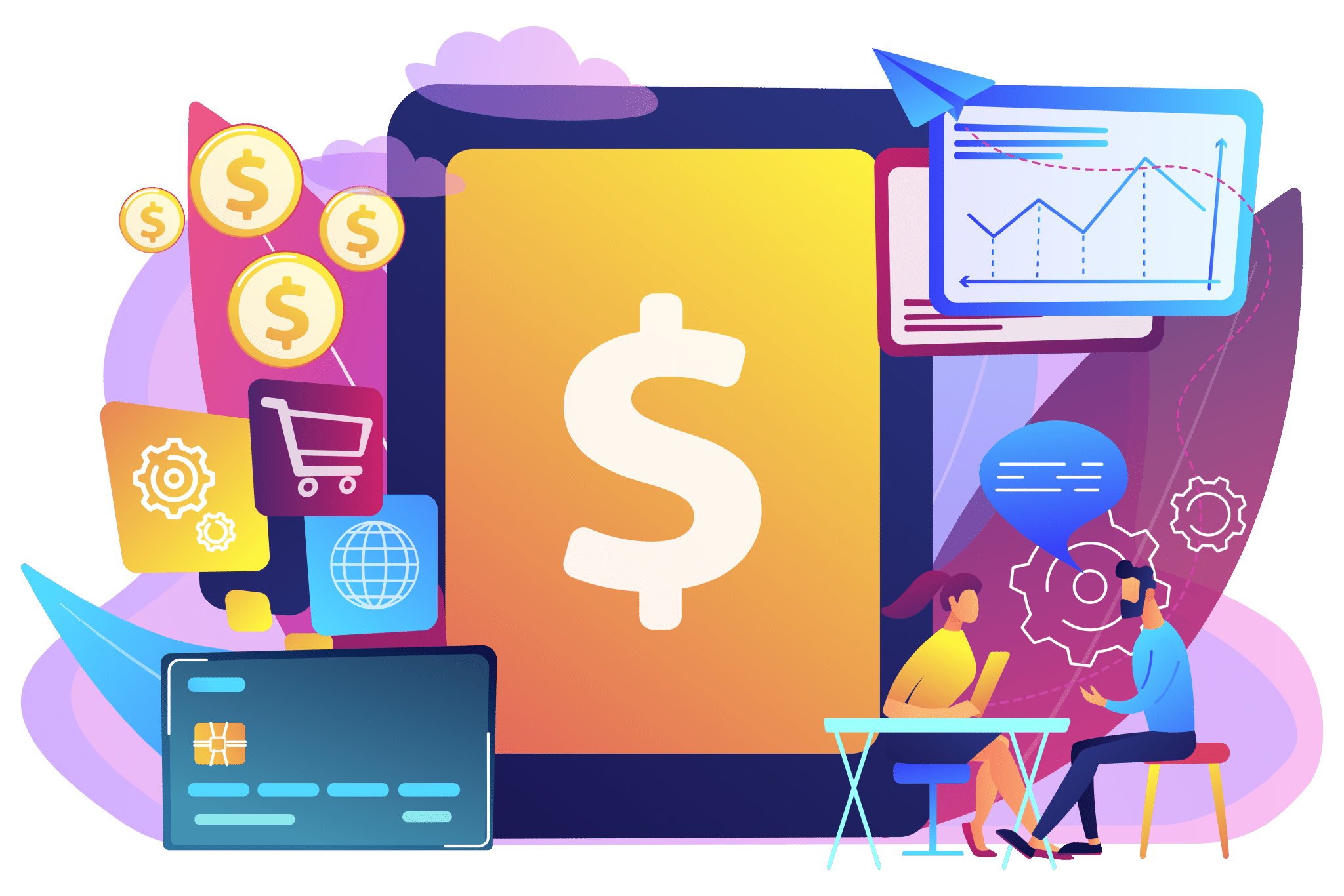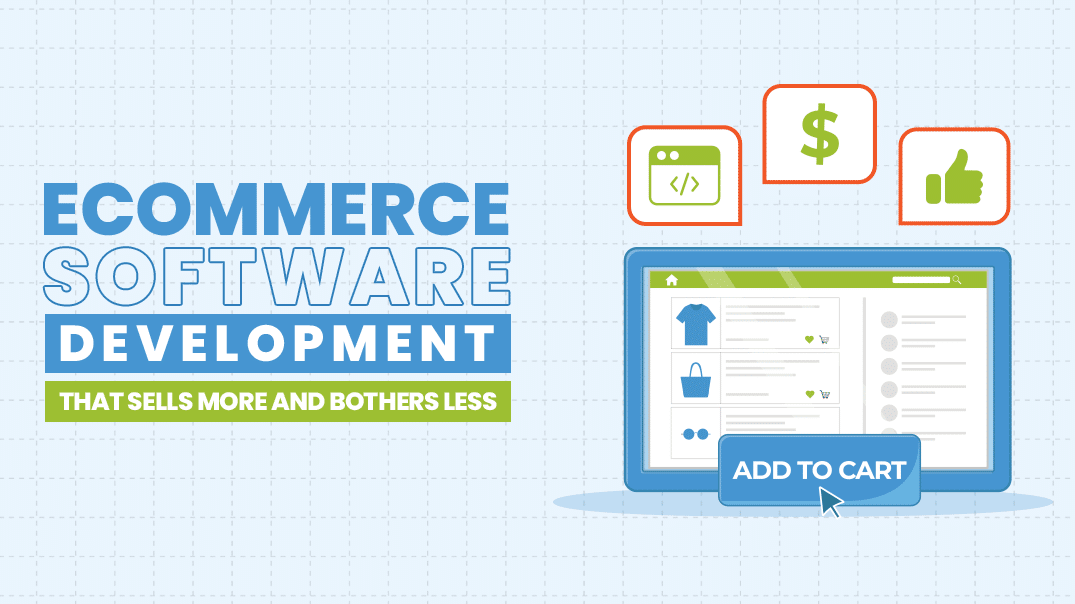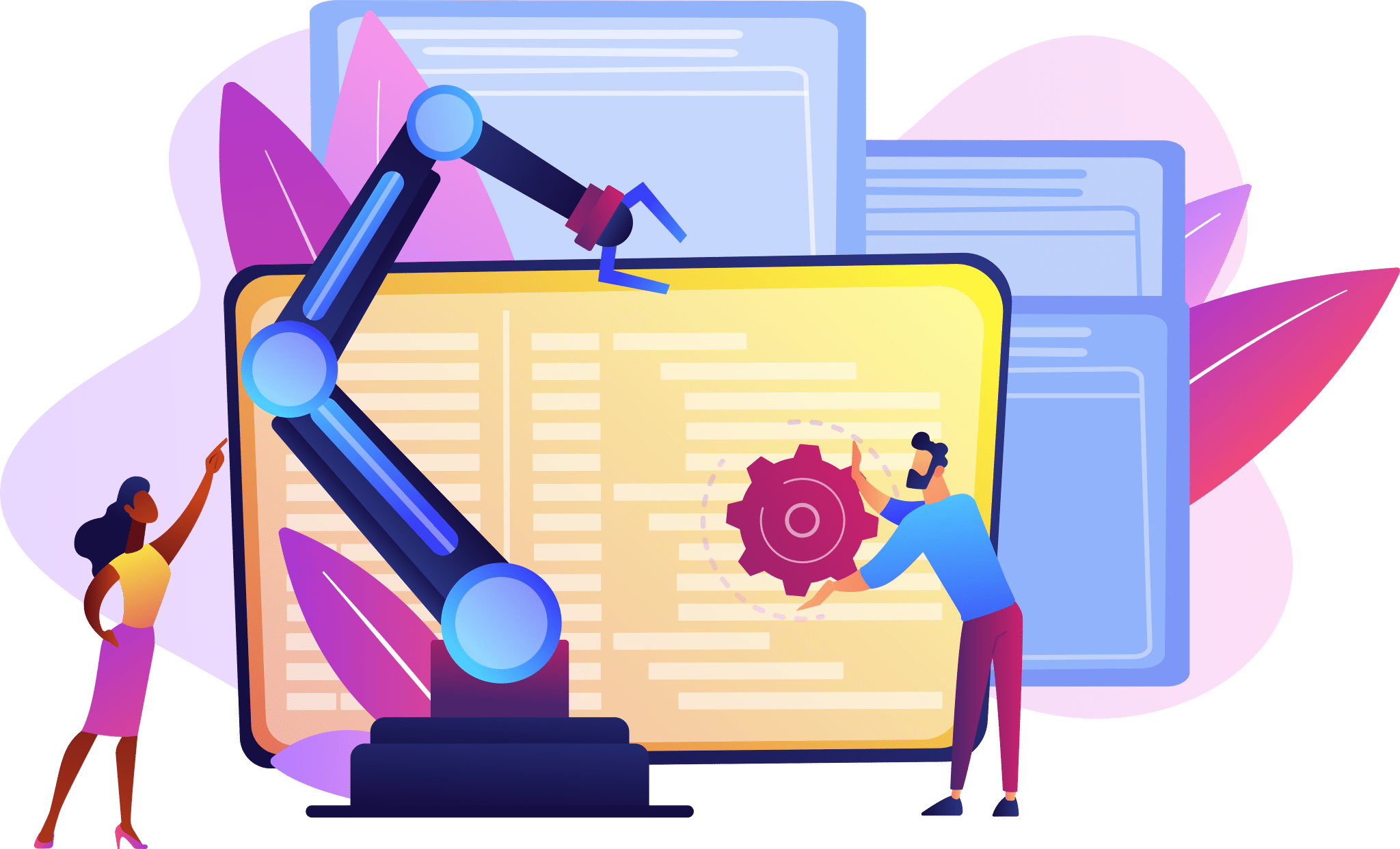
What Is Custom Retail Software Development and Why Retailers Need It in 2025
Retailers made $27.34 trillion in global sales last year, but what’s really fueling the smartest ones in 2025? It’s not just great products or slick branding. It’s something sharper, faster and smarter. Something built just for them. Big brands and small shops alike are turning to Custom Retail Software Development to stay ahead. Why? That’s where the real edge lies.


